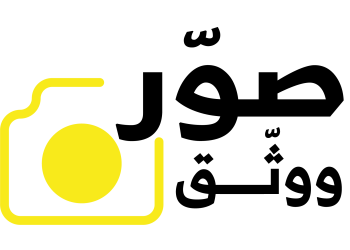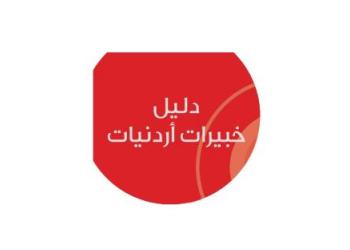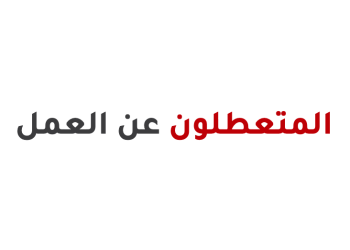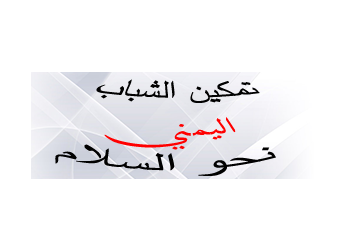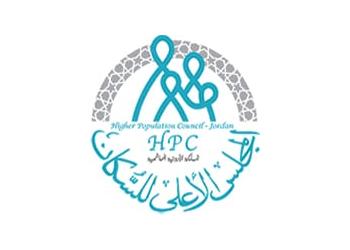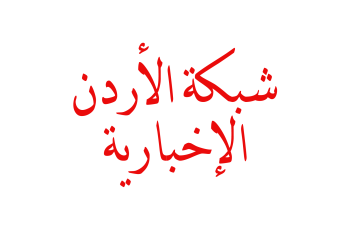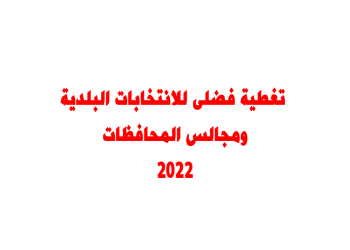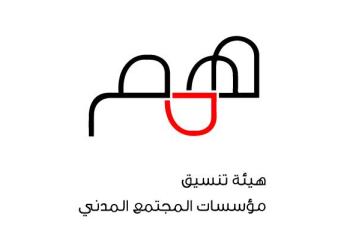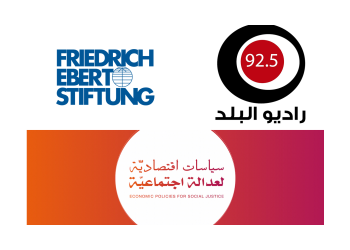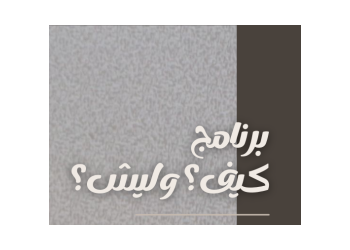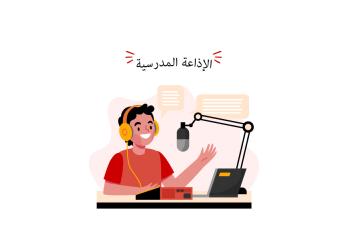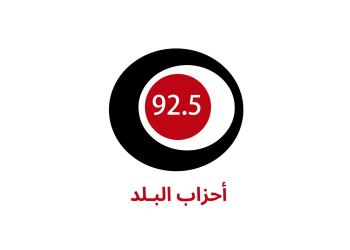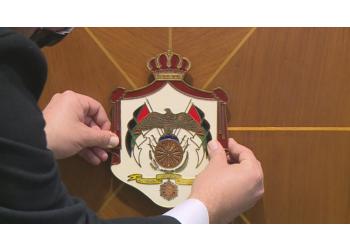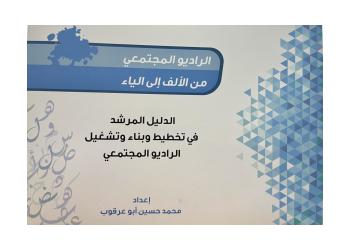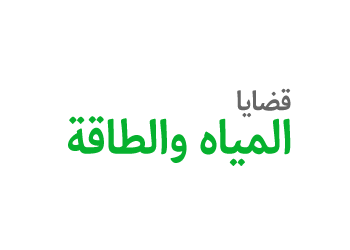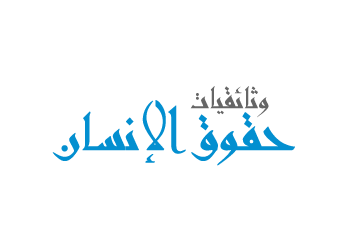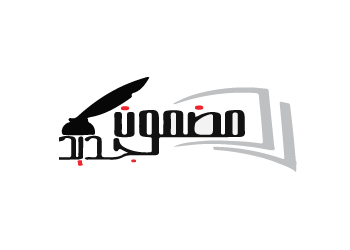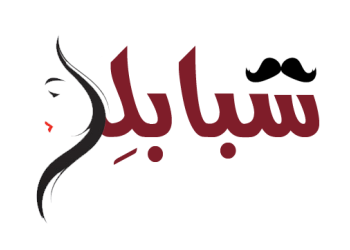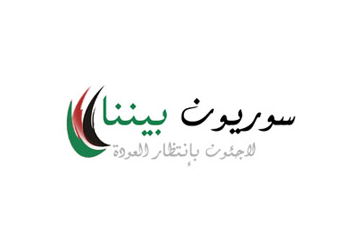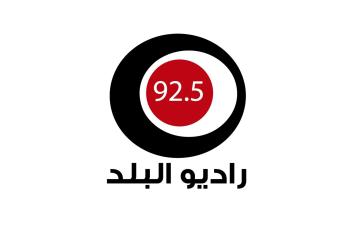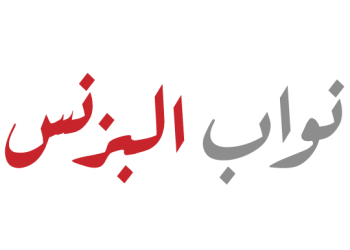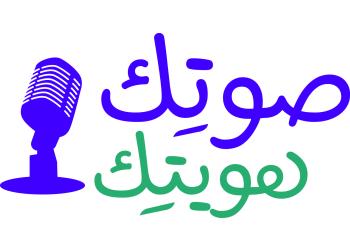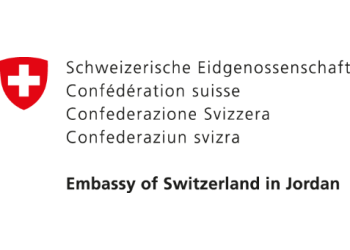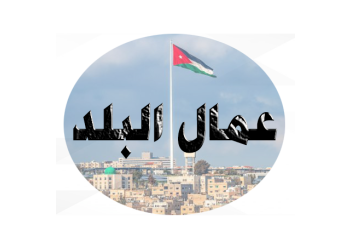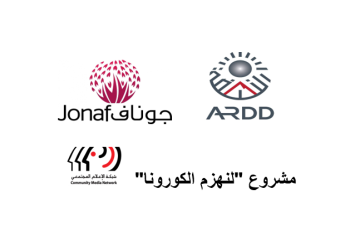
Needs over Nationality ..Sudanese Refugees are lost in Jordan’s Hierarchy of Aid

15 Sudanese women shuffle into an eight by six-meter cement room, setting up chairs and pulling out English exercise books. Their brightly colored scarves brighten the one windowed space and children of all ages crawl, run and play between the chairs as the English lesson begins.
The majority of the Sudanese women are from Darfur, a region that has witnessed fierce fighting between rebels and Sudanese government forces. As their families wait for resettlement or aid, these women are given the opportunity to not sit idly by but invest in language learning.
“Let’s go over our numbers ok?,” Maral said as she teaches the second two-hour lesson of the week. Maral, a 28-year-old Jordanian Graphic designer, began teaching English with Sawiyan, a grassroots NGO two months ago. “Before Dina, the co-founder of Sawiyan invited me to teach I didn’t even know there were Sudanese refugees in my neighborhood or how difficult their living situation was.”
Currently, there are over 4,000 Sudanese refugees residing in Amman, Jordan. Most live in extreme poverty and face high levels of discrimination from their Arab neighbors. Fleeing from the civil war plaguing their homeland, many come from rural areas then suddenly find themselves in an Urban area where they cannot work, have to pay high-priced rent and are demonized.
As aid from the Jordanian Government and NGOs is distributed there lies an evident prioritizing of Syrian refugees. This leaves other minority groups, such as the Sudanese, forgotten.
“The problem with Sudanese refugees is that the aid community is keeping them on the sidelines,” said Dina Baslan 32-year-old co-founder of Sawiyan. “They need to put needs over nationality.”
Not only the aid community, but the international community as a whole seems to have placed the Sudanese crisis on the sidelines. Since 2003 the Sudanese conflict has created millions of refugees. Marta Ruedas Resident and Humanitarian Coordinator for the UN in Sudan notes donor fatigue setting in. An additional issue is the lack of media coverage of current events in Sudan.
26-year-old Kareem and 30-year old Abu Reham, both Sudanese refugees meet in the upstairs coffee shop of a 40-year old Sudanese man who used to work in Darfur as a journalist. Their tea glasses echo as they knock against the old two wooden tables in the otherwise unfurnished cement room.
“In Sudan, the government has 24/7 control of what you do and don’t see,” said the 40-year old Sudanese man. “In Sudan the government has used chemical weapons, multiple times, much worse than Syria. Why do we not hear about this on the news? . . . When foreigners come to visit the government controls your day.”
“The situation in Syria seems merciful compared to us,” Abu Reham said.
There is an evident need for non-Syrian focused NGOs within Jordan to fill in the gaps. Because the majority of international aid funds flowing into Jordan are Syria focused there is no stable network for an organization wanting to work with refugees.
“The international community cannot forget about the others,” Baslan said. “If they do, mass deportation, (like what happened Dec. 18, 2016), will happen again. We need to keep pushing for programs, for the government to give support.”
In order to uphold their message of needs of nationality, Sawiyan directs their development tools toward the entire community Sudanese refugees reside, rather than specifically supporting just Sudanese refugees. They focus their programs on Sudanese, Jordanians and Somalis alike. Baslan believes that Jordan cannot see development for Sudanese without the development of the host community.
Mounira moved from Darfur, Sudan to Amman in 2014 for medical treatment. Sawiyan has helped 49-year-old Mounira with money for her husband’s medical treatment and she visits the Sawiyan and 7 Hill’s skate park each week to engage with friends and community.
“Dina takes us on trips,” Mounira said. “I was so sick I would stay at home in my bed, they said, ‘the sick must go and get a change of scenery. Dina, comes visits us in our homes and one time helped financially with my husband’s treatment . . . Dina did not just come and say hello and leave, she sat, studied and saw the situation and acted.”
Mounira shared that she has seen multiple organizations come and visit the many Sudanese living around her, one time distributions or month-long summer programs, not ever anything long term.
“They hang by a thread waiting for a job, news of resettlement, money for medical treatment, waiting, there is no stability “said Muhaj a 25-year-old Sudanese refugee living in Amman for the last five years, who works with the Jesuit Refugee Service providing aid and training for refugees of all nationalities in Jordan. “I’d say only five percent of all aid is just for Sudanese here.”
“We went from a prison and have come to another prison,” said a 26-year-old Sudanese man who fled from Darfur to Amman five years ago. “Jordan is like a prison to us, there is no hope, I see no help.”
Until aid is given based on need rather than nationality and development is re-focused on entire communities rather than select individuals Sudanese refugees will continue to suffer.
However, in the meantime, grassroots organizations may push their way through lack of responsiveness and create long-term systems of integration and support for not only Sudanese refugees but the Jordanian communities they live in as well.

